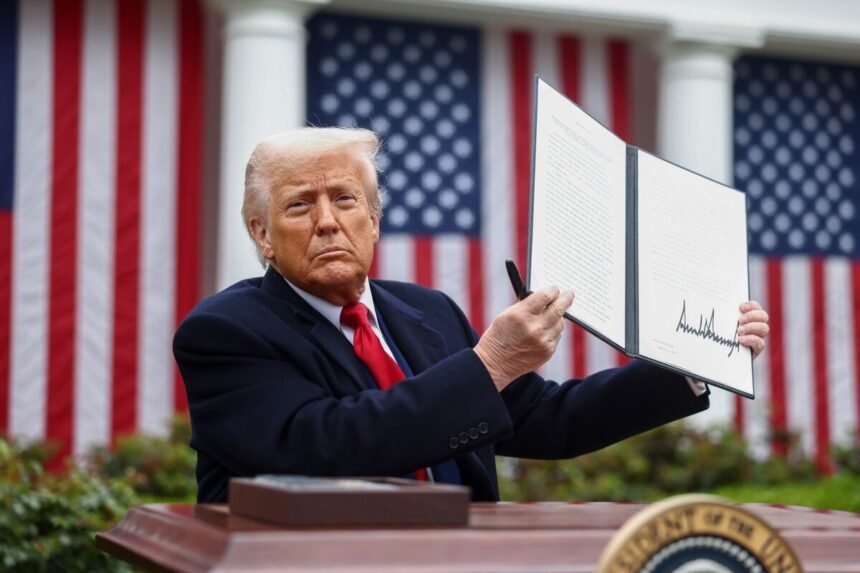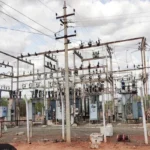Washington, July 23: U.S. automakers have raised concerns over President Donald Trump’s decision to impose a 15% tariff on Japanese vehicles, warning that they may face higher import duties on steel, aluminum, and parts compared to their foreign competitors.
“We need to review all the details of the agreement, but this appears to be a deal that lowers tariffs on Japanese autos with no U.S. content,” said Matt Blunt, president of the American Automotive Policy Council, which represents the Big Three automakers — General Motors, Ford, and Jeep-maker Stellantis.
U.S. automakers have expressed concern over President Donald Trump’s new agreement to impose a 15% tariff on Japanese vehicles, warning that American companies and workers could be placed at a disadvantage. They argue they still face significantly higher import taxes on steel, aluminum, and auto parts than some of their competitors.
In an interview, Matt Blunt, president of the American Automotive Policy Council—which represents General Motors, Ford, and Stellantis—said U.S. companies and workers “definitely are at a disadvantage,” pointing to the 50% tariff on steel and aluminum and the 25% tariff on parts and finished vehicles. Some exceptions apply under the United States-Mexico-Canada Agreement (USMCA), which took effect in 2020.
The reaction from domestic automakers highlights the broader challenge of enforcing trade policies in a global economy. It underscores how, despite Trump’s promises, such policy decisions can have tradeoffs—potentially leading to political backlash in key states like Michigan and Wisconsin, where the auto industry is central to both livelihoods and local identity.
Trump hailed the deal as a major economic victory during its announcement on Tuesday, claiming it would create hundreds of thousands of U.S. jobs and help reduce the country’s trade imbalance with Japan.
According to the White House, the agreement replaces a proposed 25% import tax with a 15% tariff and includes a commitment from Japan to invest $550 billion in U.S. projects. The administration also said the framework would remove regulatory barriers that previously limited American vehicle sales in Japan—allowing cars manufactured in Detroit to be exported and sold there more easily.
However, Blunt expressed doubt that these measures would lead to meaningful results. He noted that foreign automakers—including those from the U.S., Europe, and South Korea—currently hold just a 6% share of Japan’s auto market.
“It’s a tough nut to crack, and I’d be very surprised if we see any meaningful market penetration in Japan,” he said.
Major Japanese automakers—Toyota, Honda, and Nissan—did not immediately respond to requests for comment. Nor did industry organizations such as Autos Drive America and the Alliance for Automotive Innovation.
There is speculation that this agreement could open the door for other countries and automakers to seek adjustments to the Trump administration’s broader tariff regime. Trump has previously said he values flexibility in trade negotiations, and the USMCA is scheduled for review next year.
“Ford, GM, and Stellantis have every right to be upset,” said Sam Fiorani, vice president at AutoForecast Solutions. However, he added that “Honda, Toyota, and Nissan still import vehicles from Mexico and Canada, where tariffs can be higher than those applied to Japanese imports.” He explained that most high-volume models from Japanese automakers are already built in North America.
Among the few exceptions, Fiorani noted, are the Toyota 4Runner, Mazda CX-5, and Subaru Forester. Other imported models typically serve smaller market niches, making domestic production less viable.
“There will eventually be negotiations between the U.S., Canada, and Mexico,” Fiorani predicted. “They’ll probably result in tariffs no higher than 15%, but no one seems in a hurry to reopen talks on the previous administration’s free trade agreements.”









